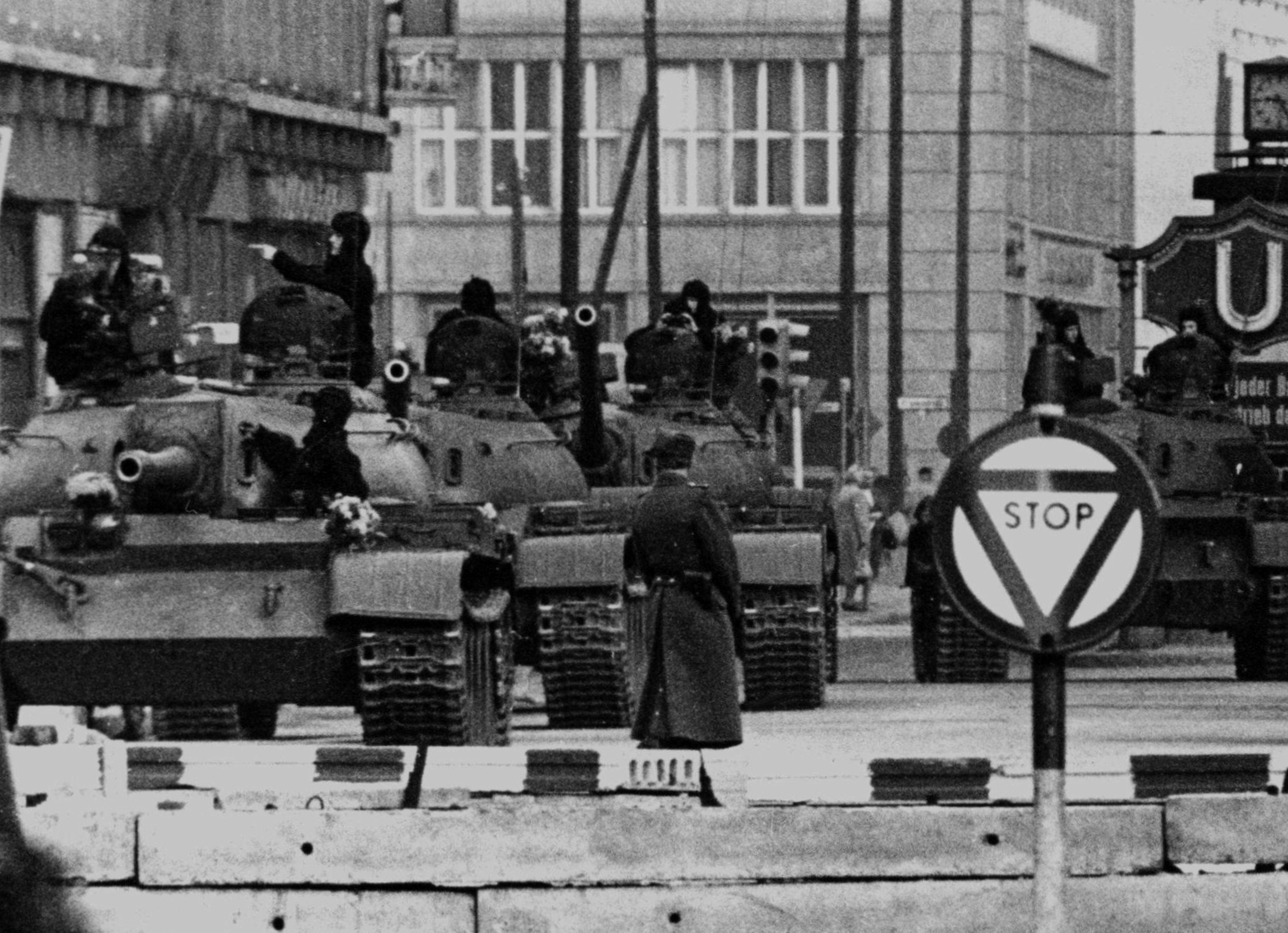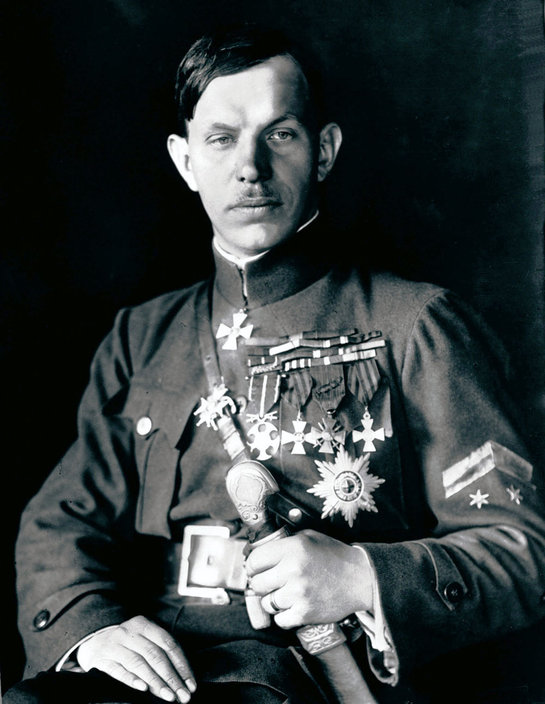|
Gendarmerie (Czechoslovakia)
The Gendarmerie ( cs, Četnictvo) in the First Czechoslovak Republic was a paramilitary force responsible for law enforcement in rural areas, as well as anti-riot and counterinsurgency duties. Inherited by Czechoslovakia from a predecessor force established by the Austro-Hungarian Empire in 1849, the Gendarmerie was subordinate to the Ministry of the Interior, though could be transferred to control of the Czechoslovak Army during time of war. By the early 1930s it had a strength of nearly 13,000 personnel. It saw action during the Sudeten German uprising of 1938, in which a number of gendarmes were killed in action. History and operations Predecessor A gendarmerie, modeled on the ''National Gendarmerie, Gendarmerie Nationale'' of France, was originally established in 1849 in the Austro-Hungarian Empire as a component of the Imperial Austrian Army (1806–1867), Imperial Austrian Army. In 1876, this force was made administratively separate from the army and was operationally divi ... [...More Info...] [...Related Items...] OR: [Wikipedia] [Google] [Baidu] |
Internal Security
Internal security is the act of keeping peace within the borders of a sovereign state or other Self-governance, self-governing territories, generally by upholding the national law and defending against internal security threats. Responsibility for internal security may range from police to paramilitary forces, and in exceptional circumstances, the military itself. Threats to internal security Threats to the general peace may range from low-level civil order, large scale violence, or even an armed insurgency. Threats to internal security may be directed at either the state's citizens, or the organs and infrastructure of State (polity), the state itself, and may range from petty crime, serious organised crime, organized crime, political or industrial unrest, or even domestic terrorism. Foreign powers may also act as a threat to internal security, by either committing or sponsoring terrorism or rebellion, without actually Declaration of war, declaring war. Governmental responsibilit ... [...More Info...] [...Related Items...] OR: [Wikipedia] [Google] [Baidu] |
Moravia
Moravia ( , also , ; cs, Morava ; german: link=yes, Mähren ; pl, Morawy ; szl, Morawa; la, Moravia) is a historical region in the east of the Czech Republic and one of three historical Czech lands, with Bohemia and Czech Silesia. The medieval and early modern Margraviate of Moravia was a crown land of the Lands of the Bohemian Crown from 1348 to 1918, an imperial state of the Holy Roman Empire from 1004 to 1806, a crown land of the Austrian Empire from 1804 to 1867, and a part of Austria-Hungary from 1867 to 1918. Moravia was one of the five lands of Czechoslovakia founded in 1918. In 1928 it was merged with Czech Silesia, and then dissolved in 1949 during the abolition of the land system following the communist coup d'état. Its area of 22,623.41 km2 is home to more than 3 million people. The people are historically named Moravians, a subgroup of Czechs, the other group being called Bohemians. Moravia also had been home of a large German-speaking p ... [...More Info...] [...Related Items...] OR: [Wikipedia] [Google] [Baidu] |
Habartov
Habartov (german: Habersbirk) is a town in Sokolov District in the Karlovy Vary Region of the Czech Republic. It has about 4,700 inhabitants. Administrative parts Villages of Horní Částkov, Kluč, Lítov and Úžlabí are administrative parts of Habartov. Geography Habartov is situated about west of Sokolov and west of Karlovy Vary. The northern part of the municipal territory with the town proper lies in the southwestern tip of the Ore Mountains, the southern part of Habartov extends into the Sokolov Basin. The highest point is the hill Částkovský vrch at above sea level. Half of Medard Lake is situated in Habartov. History The first written mention of Habartov is from 1339. The most notable owners of the town were the Nostitz family, who held it from 1668 to 1719. Habartov grew thanks to coal mining and mineral processing near the village, and gradually became a town in the 19th century. After 1945, a large part of Habartov was demolished due to coal mining. D ... [...More Info...] [...Related Items...] OR: [Wikipedia] [Google] [Baidu] |
Sudetendeutsches Freikorps
, image = Bundesarchiv Bild 146-1972-026-51, Anschluss sudetendeutscher Gebiete.jpg , caption = Sudetendeutsches Freikorps members , dates = 1938 to 1939 , country = , allegiance = Adolf Hitler , branch = , type = Terrorist organization , role = Break-up of Czechoslovakia , size = , command_structure = , garrison = , garrison_label = , nickname = , patron = , motto = , colors = , colors_label = , march= , mascot= , equipment= , equipment_label= , battles= Sudeten German uprising, Undeclared German–Czechoslovak war , anniversaries= , decorations= , battle_honours= , disbanded= , flying_hours= , website= , commander1= Friedrich Köchling , commander1_label= De facto commander , commander2= Konrad Henlein , commander2_label= Formal commander , commander3= Karl Hermann Frank , commander3_label= Vice-commander , commander4= Anton Pfrogner , commander4_label= Chief of staff , notable_commanders= , identification_symbol= ... [...More Info...] [...Related Items...] OR: [Wikipedia] [Google] [Baidu] |
Czechoslovak Army
The Czechoslovak Army ( Czech and Slovak: Československá armáda) was the name of the armed forces of Czechoslovakia. It was established in 1918 following Czechoslovakia's declaration of independence from Austria-Hungary. History In the first months of the World War I, the response of the Czech soldiers and civilians to the war and mobilisation efforts were highly enthusiastic, however it turned into apathy later. Although modeled after Austro-Hungarian Army patterns, the army of the newly established state also incorporated former members of the Czechoslovak Legion fighting alongside the Entente during World War I. Czechoslovak Army took part in the brief Polish-Czechoslovak War in which Czechoslovakia annexed the Zaolzie region from Poland. In the interbellum the force was fairly modern by contemporary standards, with the core of the force formed by LT vz. 38 and LT vz. 35 tanks, as well as an extensive system of border fortifications. Mobilised during the Munich ... [...More Info...] [...Related Items...] OR: [Wikipedia] [Google] [Baidu] |
Tripwire Force
A tripwire force (sometimes called a glass plate) is a strategic approach in deterrence theory. The tripwire force is a military force smaller than that of a potential adversary, which is designed to signal the defending side's commitment to an armed response to future aggression without triggering a security spiral. Concept A tripwire force is a military force significantly smaller than the forces of a potential adversary. The tripwire force helps deter aggression through the demonstration of the defending side's commitment to militarily counter an armed attack, even if the tripwire force cannot mount a sustained resistance itself. In the event an attack occurs, it helps defend against the aggressor by slowing the advance of the aggressor's forces to allow the defender time to marshal additional resources. The tripwire force can, in some instances, also be useful in deterring salami attacks. Because the tripwire force is too small, by itself, to present an offensive threat, it ... [...More Info...] [...Related Items...] OR: [Wikipedia] [Google] [Baidu] |
State Defense Guard (Czechoslovakia)
State Defense Guard (in Czech Stráž obrany státu, SOS, in Slovak Stráž obrany štátu) was a military service established in 1936 to protect borders of Czechoslovakia. From 1918 to 1936 border of Czechoslovakia was protected by "''finance guard''" (''finanční stráž''), an armed branch of the Ministry of Finance. Their main task was to carry on customs duty, border protection was secondary. For over decade army and police leadership had suggested to set up an organisation of higher military value. Amid international tensions the new service was established in 1936. The roles of the defense guard were: * border security * law enforcement * customs enforcement Members of the guard were local gendarmes (''četníci''), existing finance guards and members of state police. Later citizens loyal to Czechoslovakia were incorporated (for example, many members of the sports organisation Sokol or active anti-fascist Germans). Plans were created to support the guard with regular a ... [...More Info...] [...Related Items...] OR: [Wikipedia] [Google] [Baidu] |
Slavic Review
The ''Slavic Review'' is a major peer-reviewed academic journal publishing scholarly studies, book and film reviews, and review essays in all disciplines concerned with Russia, Central Eurasia, and Eastern and Central Europe. The journal's title, though pointing to its roots in Slavic studies, does not fully encompass the range of disciplines represented or peoples and cultures examined. History The journal has been published quarterly under the current name since 1961 by the American Association for the Advancement of Slavic Studies (since 2010 named Association for Slavic, East European, and Eurasian Studies, continuing the series published by the same association since 1941 under different names: ''Slavonic Year-Book. American Series'' (1941), ''Slavonic and East European Review. American Series'' (1943–1944), ''American Slavic and East European Review'' (1945–1961). Under the current name, the subtitle of the journal has changed over the years to reflect changing ter ... [...More Info...] [...Related Items...] OR: [Wikipedia] [Google] [Baidu] |
Gajda Affair
The Gajda Affair was a series of trials, investigations, rumors, and public commentary from 1926 to 1928 regarding conspiracies against the government of Czechoslovakia allegedly masterminded by Radola Gajda. Gajda was convicted, exonerated, then convicted a second-time on a variety of charges ranging from espionage to mutiny and dismissed from the Czechoslovak Army, though the evidence against him has subsequently come under scrutiny. The Gajda Affair has been said to have demonstrated the ability of the Czechoslovak government to maintain civilian control over the armed forces during a period of heightened political tension in many parts of Europe. Background In 1926 Gen. Radola Gajda, a right-wing Czechoslovak army officer, was given the provisional appointment of chief of the army staff while a new cabinet was being formed following recently concluded elections. In May of that year a military coup in neighboring Poland, press denouncements of Gajda in left-leaning newspapers, ... [...More Info...] [...Related Items...] OR: [Wikipedia] [Google] [Baidu] |
Army Of The Czech Republic
The Army of the Czech Republic ( cs, Armáda České republiky, AČR), also known as the Czech Army, is the military service responsible for the defence of the Czech Republic in compliance with international obligations and treaties on collective defence. It is also set to support peacekeeping, rescue and humanitarian operations both within the national territory and abroad. Armed Forces consist of the General Staff, the Land Forces, the Air Force and support units. From 1954 to 1990, the extensive Czechoslovak People's Army (about 200,000) formed one of the pillars of the Warsaw Pact military alliance. After the dissolution of Czechoslovakia, the Czech Republic is completing a major reorganisation and reduction of the armed forces, which intensified after the Czech Republic joined NATO on 12 March 1999.Ba ... [...More Info...] [...Related Items...] OR: [Wikipedia] [Google] [Baidu] |
Czech Police
The Police of the Czech Republic ( cs, Policie České republiky) is the national law enforcement agency of the Czech Republic. It was established on 15 July 1991 under the jurisdiction of the Ministry of the Interior. The agency is tasked with protecting citizens, property and public order and as of 2015, there were around 40,500 employees. Czech state police cooperates with municipal police departments, which are present in local municipalities. History The Police of the Czech Republic took over land management after the communist SNB in the Czech Republic with the exception of military police (provosts) who are part of the army. Members were recruited from the former communist SNB (National Security Corps), after passing a vetting "democratic" commission established after the Velvet Revolution in 1989 to eliminate from the police force communist ideologues and agents of the secret police. A similar procedure was also undertaken in the then-Slovak Republic. Some police offic ... [...More Info...] [...Related Items...] OR: [Wikipedia] [Google] [Baidu] |




